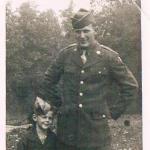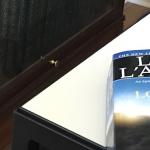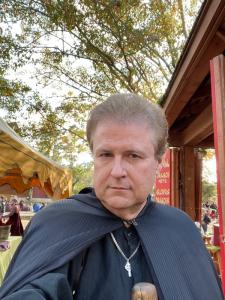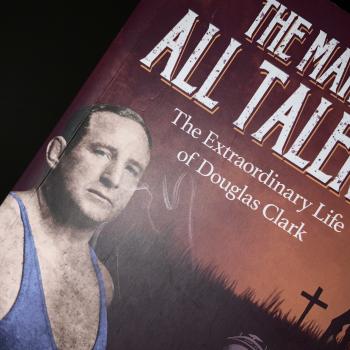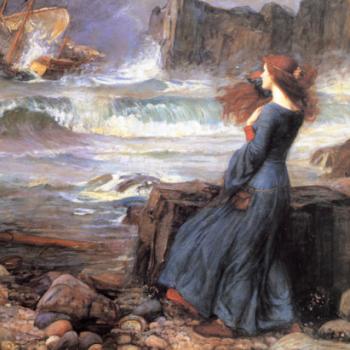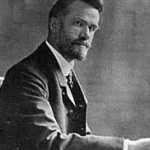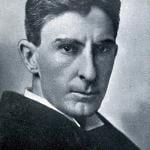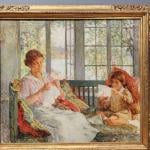 The Mistborn trilogy by Brandon Sanderson is the best fantasy series I have read in years. Recall, however, that fantasy as a genre is beset with Lord of the Rings look-a-likes and much that is terrible. This is not to praise Sanderson with faint damns, but to say that while not great literature, this is very good story telling and excellent world building all too rare in the genre.
The Mistborn trilogy by Brandon Sanderson is the best fantasy series I have read in years. Recall, however, that fantasy as a genre is beset with Lord of the Rings look-a-likes and much that is terrible. This is not to praise Sanderson with faint damns, but to say that while not great literature, this is very good story telling and excellent world building all too rare in the genre.
Why?
Fans forget the depth of Tolkien came in part from his creating an extensive backstory to his world (something any nerdling can do), genius (harder), and profound Catholic philosophy. Mistborn has a similar advantage in a careful writer with obvious brains, but more rare ties to a profound theology.*
Lord of the Rings is permeated with beauty and imagery drawn from his lifelong membership in the Roman Church. Tolkien’s character Galadriel is not allegorical Mary, but only someone raised to love the Mother of God could have described Galadriel as Tolkien did. Galadriel is a literary icon of the Theotokos.
Similarly, the depth of Mistborn comes from what I speculate is an extremely profound understanding of intellectually defensible Latter Day Saints theology on the part of the author Brandon Sanderson. When I began the book, I had no idea that Sanderson was an active member of the LDS Church. There are superficial similarities to the Book of Mormon (truth engraved on metal) , but the importance is deeper. This is excellent world building, in part, because Sanderson is echoing (indirectly like Tolkien) a worked out set of theological ideas. For example, the most plausible popular rendition of theological materialism I have read is in Mistborn and anyone wishing to understand the appeal of the idea would do well to read the series.**
There is depth to the worldview plotting of Mistborn that owes a great deal to theology, but do not be dismayed if you are only looking for an enjoyable read. There appear to be a great many pages to turn, but this is a two day series. The pacing is that fast. I can generally guess the end of a book, but there was one major plot point I had totally wrong until the last twenty pages of the last book. That’s great fun.
I found the characters enjoyable, though only Vin, the central female protagonist (hurrah!) is very memorable. The friendships in the crew are more important thematically than the individuals to the story. Trust is a constant theme in the interactions between characters as is the relationship between trust (often related to faith) and reason. The tension between trust and reason is real for many characters and the resolution is interesting philosophically and pivotal to the plot.
Perhaps, after all, I have read too much into the books. If so, this much was true: I enjoyed the first mildly, found the second more interesting, and could not stop reading the third. The series prose moves from serviceable (volume one) to very good by volume three. A good time is had and one could even discuss this in a book group.
Whatever Sanderson’s beliefs, he has created a novel system of “magic” and an interesting cosmos for his characters. Sanderson has characters that get married and stay passionately in love (!). The best romance in the books do not come from “young love,” but mature married love and there is some decent relational advice buried in the adventure.
This is good writing.
Buy the books.
————————————-
I wrote a sort-of-fantasy novel and am writing the sequel. Sanderson is an inspiration to try harder!
*Needless to say, I am not in agreement with much of LDS theology, but it contains many important ideas worth studying.
**I still do not know Sanderson’s commitment to Mormon thought or where he fits on the spectrum of Mormon belief. My assertion is merely that the books benefit from a sure handling of some theological concepts (eg. matter/energy/the divine) that owe a debt to the Twentieth century development of Mormon theology.


